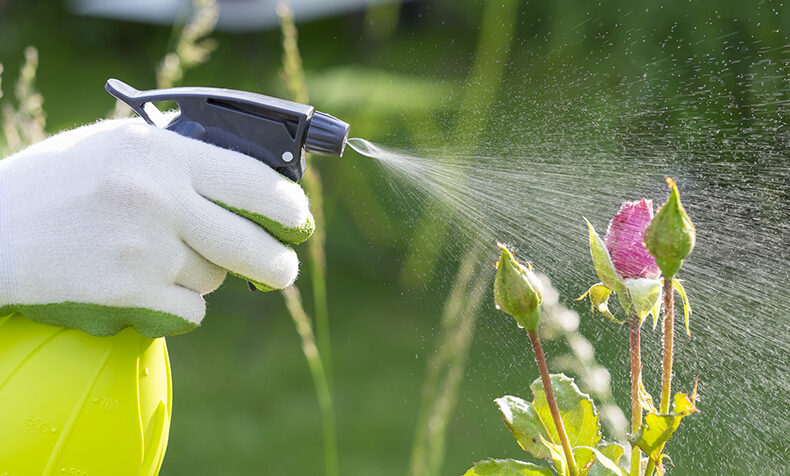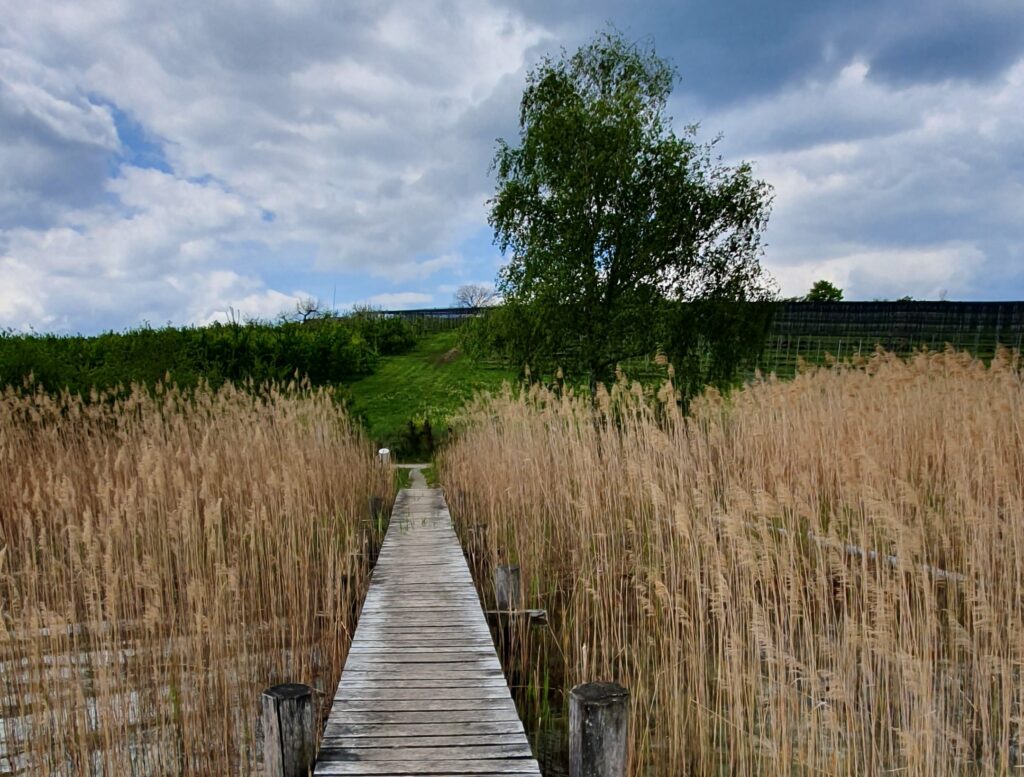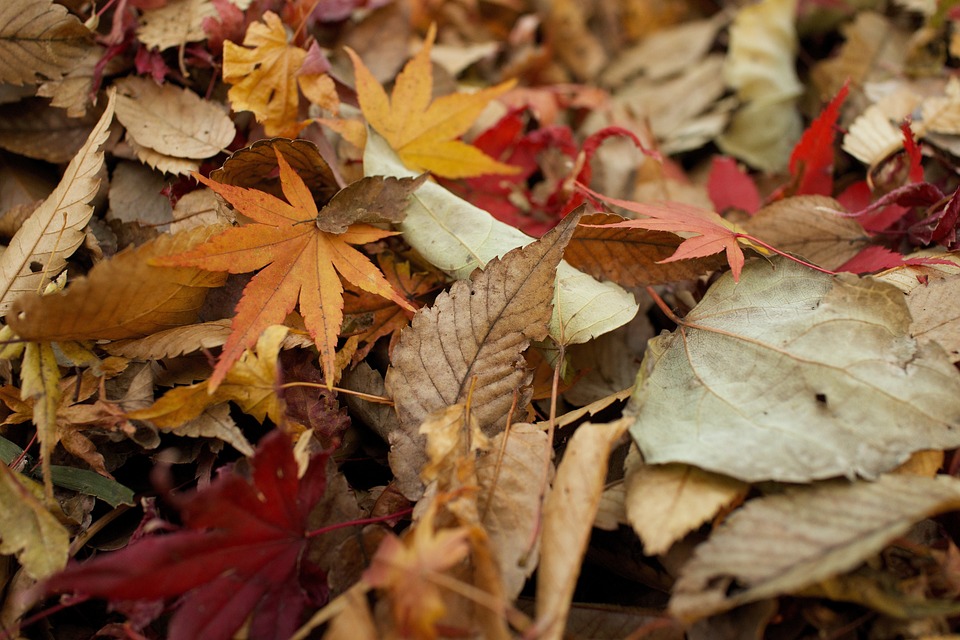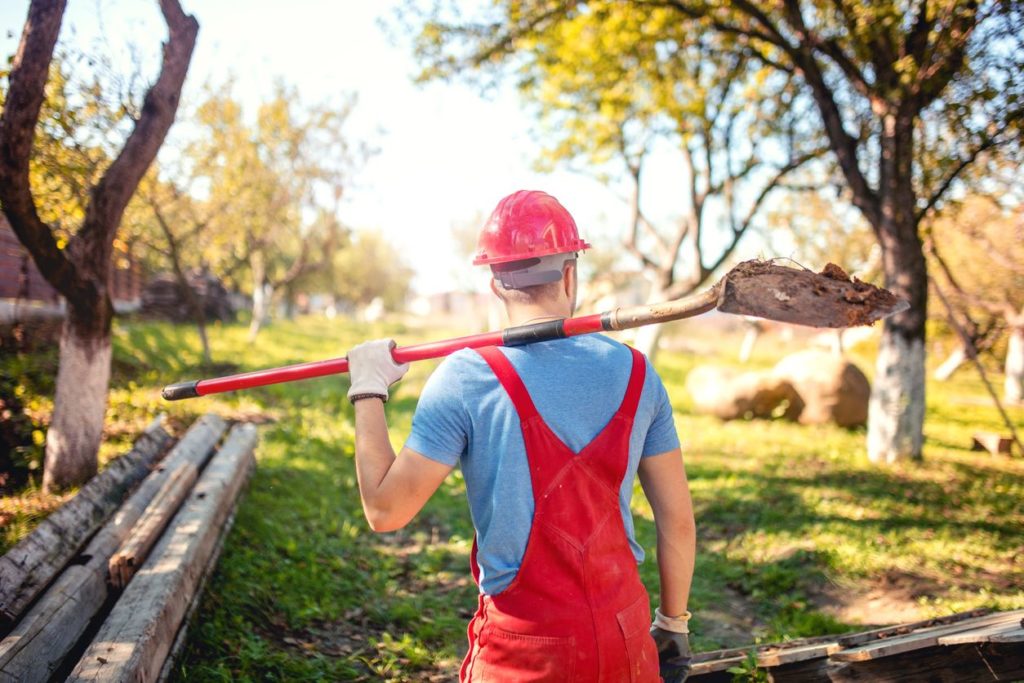
Concerned about the environment and your own health too? Gardening with fewer chemicals is the way to go
This introduction to Integrated Pest Management (IPM) will give you an overview of the very best way to manage pests, disease, and weeds by gardening with fewer chemicals. IPM is a process you can use to solve problems in the garden while minimizing the risk to people and the environment. It is used to manage all kinds of pests anywhere—in our gardens, fields, and natural areas. PRINT VERSION – Gardening with Fewer Chemicals PDF
This is a practical ecological approach, based on science. It begins with correctly identifying the issue, deciding if action is required, and understanding the least harmful methods.
Note to Readers – This article is a quick overview of the basics of gardening with IPM. By reading it you will understand where to start and how to use the five main practices. After that, explore the appropriate factsheet in the resources section below. You might want to google a specific issue using a search string such as “IPM for diseased leaves on cucumbers”.
When you google, it’s important to look for reputable resources who base their advice on science vs myths and give solid practical solutions that won’t harm humans or the environment. You might start with a great online resource such as OMAFRA (Ontario Ministry of Agriculture & Food or by searching any USA University Extension site. Tip – Look for URLs that end in .edu and try to find advice from states that are close to our region. You can also reach out to your local master gardener group to ask questions.
Is IPM really a way for us to do our home gardening with fewer chemicals? Yes!
Some might think integrated pest management principles are just for farmers and greenhouse growers. Not true. In fact, these techniques are very useful and important for home gardeners and organic gardeners. So yes, IPM is for anyone who wants to reduce the cost and environmental impact of synthetic fertilizers and chemicals.
We must be certain the problem is actually bad enough to need a solution. That may sound odd, but in a healthy garden, many things will solve themselves and minor issues can be ignored. Nature will often balance things out and you will still harvest a good crop. The trick is to figure out when to intervene. More to come about that …
How do IPM programs work?
Once we decide action is needed, the IPM approach to every pest, disease, disorder, or weed problem relies on the best combination of these actions:
- Cultural
- Mechanical and physical
- Biological
- Behavioural
- Chemical (pesticides)

5 Control Options in one combined approach can be applied effectively for all pests and invasives. (image courtesy of FISP)
What kind of ‘Pests’ are we talking about?
In IPM, the word ‘pest’ means everything that may attack your crop, trees, lawn, or garden whether it’s diseases, weeds, insects, or any pest. In this article we use these Basic Definitions:
- Pest – a mammal or bird eg deer, rabbit, vole, groundhog, or heron; essentially any creature consuming more than their share of your plants or pond life
- Disease – a condition caused by something ‘infecting’ the plant eg pathogens, virus, fungus, mildew, rot, etc
- Disorder – an issue with growing conditions eg moisture, nutrition, light, temperature, wind, weather
- Insect – a crawling or flying bug, beetle, moth, fly, etc
Let’s Explore the Steps to Gardening with Fewer Chemicals Using IPM

There are IPM programs specific to almost every type of plant, crop, bug, disease, etc. Each situation is different however, five major components are common to all:
- Identification
- Monitoring and assessing numbers and damage
- Guidelines for when management action is needed
- Prevention focus
- Use of a combination of biological, cultural, physical/mechanical and chemical management tools
Before we start – What is it and Do I really need to do something? (Threshold for Action)
It all starts with Identification – There are many databases for insect, disease, and weed identification.
Here’s a link to some reputable sites to help you. What is the pest, disease, or weed? How is it being attracted to the garden? Is it a temporary or long-term issue?
It’s helpful to know that diseases are the result of 3 factors – an infecting pathogen, a susceptible plant, and an environment such as weather, moisture levels, etc that may be encouraging the condition. This will guide you when figuring out what’s going wrong. It’s often a combination of reasons.

While basic identification is your starting point, the next consideration is whether any action is necessary.
“Can I tolerate this level of damage”? That’s the key question to ask yourself. For growers, it’s an economic question whether the cost of the action is less than the loss in crop value from the problem. For home gardeners, it’s more about how much damage you are willing to tolerate, which is a personal choice. In most cases, living with natural events, insects, and wildlife and allowing some minimal damage is the appropriate response.
How to Create a Diverse Habitat

Minor damage on Swiss Chard
When you’ve identified the issue and decided its time to deal with it, the most effective way, and absolutely the healthiest for you, your family, and the environment is to use Integrated Pest Management to manage garden problems:
Control 1 – Cultural practices – are growing conditions contributing to the problem?
This is the first and most logical way to make the most improvements. Here are some examples of cultural practices:

A non-blight-resistant tomato variety
- Choose disease-resistant varieties when possible
- Put the ‘Right Plant in the Right Place’. Don’t fight Mother Nature by trying to grow a sun-loving plant in the shade. Plants grown with appropriate sunlight, temperature, moisture, and soil will be more immune to diseases
- Avoid inadvertently attracting pests (such as rodents who love birdseed)
- Space plants properly to allow airflow especially for those that are prone to mildew (Phlox for example)
- Change your watering habits – More about best watering practices
- Build healthy Soil “the engine of the garden” Improving-Your-Soil-Organically and avoid soil disturbance when possible. Weeds thrive on tilled soil.
- Crop Rotation
- Remove Weeds, ideally before they set seed
- Staggered planting time to avoid certain pests
- Sanitary practices – removal of diseased materials
- Use of Cover Crops – good for the soil and deters weeds too
Also consider – is the problem due to lack of maintenance? Basics such as edging, mulching, providing adequate water, pruning out disease before it spreads, etc are all good maintenance and will help you avoid problems.
Control 2 – Examples of Mechanical and Physical approaches
There are ways that home gardeners can physically tackle a problem. Here are some:
- Fences, root barriers, or screens can be a good longterm solution for an animal pest problem
- Coarse mulches can deter some ground pests, retain moisture, moderate temperature, and help control weeds
- Soil solarization is an extreme method of using the sun to ‘cook’ a large patch of noxious weeds
- Hand-picking of insects and hand-pulling of weeds often work well. Monitor often to stay ahead of them
- Removing seedheads or regularly mowing weeds reduces seed-setting and spreading
- Washing/spraying plants (effective in removing aphids in particular)
- Sticky traps eg for whiteflies or floating row covers to deter insects from vegetable crops (but remember to open during the day for pollination). More ideas from Organic Gardening Magazine
Control 3 – Biological controls – beneficial remedies found in nature
Biological controls involve shifting habitats to invite beneficial predators and parasites into your garden. (You can also purchase certain biological remedies). There are 3 basic types of Biological pest control -predation, parasitism, and herbivory.

Homes for beneficial garden insects
Some practical ways that gardeners can use this type of control:
- Encourage birds to come to your garden. Bats, toads, and snakes are welcome additions too!
- Create habitat suitable for beneficial insects that help control the harmful ones. Dragonflies and Damselflies are favourites around my pond.
- Avoid using chemicals that kill as many good bugs as bad ones.
- Use nematodes as a biological control method against grubs in turfgrass.
- Use guard animals against predator mammals or rodents.

a Hermit thrush would be welcome in my garden
Control 4 – Behavioural examples
- scarecrows, noise-makers or motion-detector-triggered lights or sprinklers to scare pests away (eg. for birds or mammals after your seedlings or herons stalking your fishpond)
- pheromone traps may help disrupt mating or trap the insect, however, the Japanese beetle traps attract more beetles to your yard than they capture!
Control 5 – if all else fails – chemicals
Finally, although our goal is gardening with fewer chemicals, sometimes we need to resort to a chemical solution. Because of the risks, use chemicals such as insecticides, herbicides, fungicides, rodenticides, and pesticides ONLY when other remedies weren’t successful.
The disadvantages of chemical controls are numerous. Environmental contamination of soils, waterways, pest resistance, human exposure, and impacts on non-target organisms are serious risks. For these reasons, the use of chemicals in landscapes is regulated. Follow the guidelines provided on labels and in the legislation and use chemicals safely and responsibly.
Pesticides approved in Ontario
Pesticides and Pest Management – Govt of Canada
Conclusion
So now you know the basic steps to identify your issue and do your gardening with fewer chemicals. Sometimes it’s best to let nature run its course, but if action is required, the most effective method with the least potential harm to humans and the environment is Integrated Pest Management.
There are many online resources available on this topic. Below are some of our favourite fact sheets for specific issues. Remember that Master Gardeners are available across Ontario to answer your questions. Find one near you.
Recommended Resources – ‘Gardening with fewer chemicals’ IPM Fact Sheets:
Fact Sheet – Animal & Pest IPM – Master Gardeners of Ontario
Excellent Resource – Ontario Crop IPM – OMAFRA
Tips for Organic Weed Control – Toronto Master Gardeners
Basic Overview – Smart IPM for Vegetable Gardens – Michigan State University
Forest Pest Management IPM + database of tree disease & insects – Natural Resources Canada
IPM for Annuals and Perennials – University of Maryland
Healthy Lawns – an excellent resource from the Government of Canada
Thanks to the following master gardeners for their input to this ‘Gardening with Fewer Chemicals’ article – Cathy Kavassalis of Toronto, Amy Turnbull, Darlene Davis, and Rosemarie Szalich of London Middlesex. Kudos also to Toronto Master Gardeners for sharing their Garden Guides freely!





About The Author: Armstrong
As an author and editor, Linda directs her lifelong love of nature and plants to concerns about our environment and how we can do better. In addition to decades of gardening experience, and training as a master gardener, Linda focuses on learning from leading science-based educators and writers, and in the process finds that she uncovers many gardening myths.
More posts by Armstrong